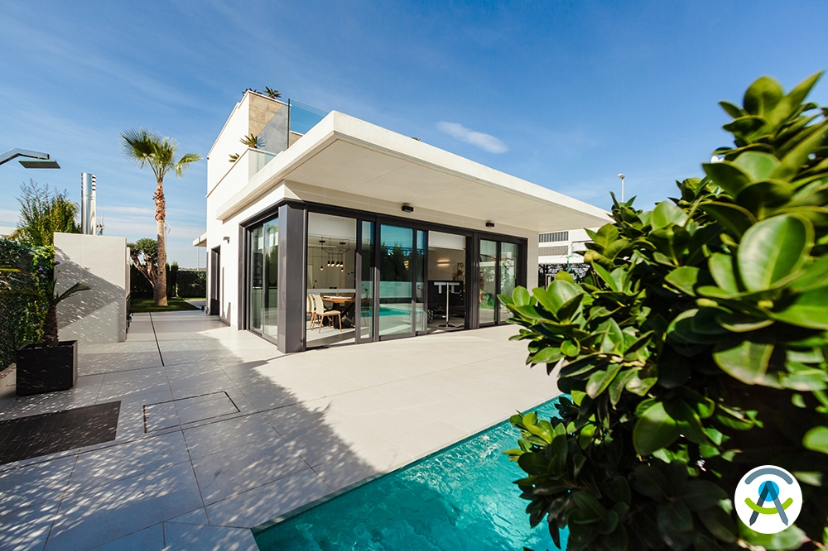What is a Passive House?


Passive House is a construction concept and standard for highly energy-efficient buildings. Passive houses are not only a sustainable choice but offer affordability and comfort as well. Without a traditional heating or cooling system, they not only consume very little energy, but also recycle what the energy produced.
Known for the high level of comfort they offer, passive houses maintain a pleasant interior temperature all year round, thanks to high-performance thermal insulation, ventilation and solar energy.
Are passive houses environmentally friendly?
Yes! The Passive building concept saves a considerable amount of energy, making it a highly eco-friendly solution.
The energy required for heat is significantly less than that of traditional energy efficient builds, with Passive Houses saving almost 75% in heating losses compared to average losses in performance tests. These energy savings considerably reduce the building’s environmental impact.
As far as construction, that depends if it is built with natural materials. Passive Houses can be built using many different materials, both man-made and natural. Using the right materials, it’s completely possible to combine green building and design with passive performance.
80% of Passive Houses are built using wood construction.
Is passive construction expensive?
Building a Passive House can cost between 15 and 20% more than a traditional build, if we’re only taking the initial investment into account.
The planning, techniques and materials involved in Passive construction can increase the cost to build. However, when you consider the ongoing energy costs, Passive Houses are much more affordable!
Thanks to the energy efficiency of Passive construction, the long-term cost is significantly lower than that of traditional buildings.
Passive Houses are “future-proof”, much ahead of current thermal regulations. This makes them an excellent investment, increasing the future value of your property compared to a standard built-to-code home.
How should passive houses be designed?
To meet its energy goals, a Passive House should be positioned facing South whenever possible, in order to benefit from the maximum solar energy. Passive Houses are often designed with large South-facing windows to capture solar warmth, and fewer windows to the North to avoid heat loss.
Insulation is a crucial factor in ensuring the energy efficiency of a Passive House, which will often feature thick walls to accommodate the insulation. Ensuring the building’s airtightness and limiting the surface area to be heated also contribute to maximising their thermal efficiency.
Passive Houses present many advantages, as a cost-effective, comfortable and sustainable solution that can be an excellent investment for the future.
Are you looking for an architect specialised in Passive construction? Find an architect near you on our website.